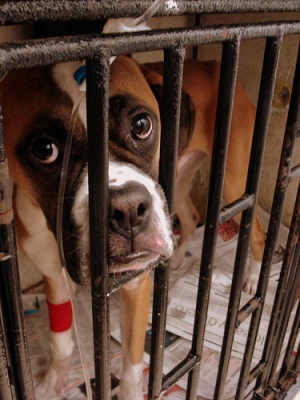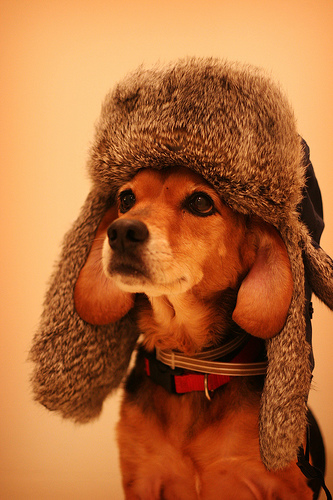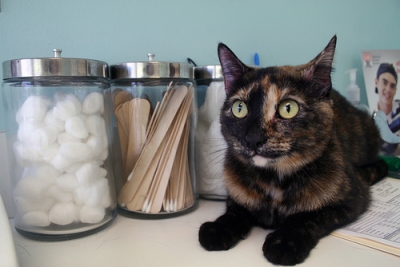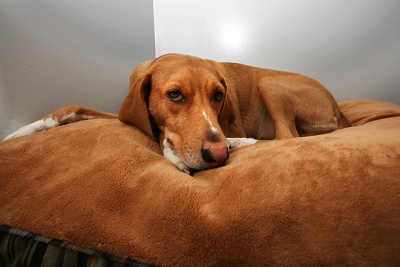
Dehydration is the abnormal loss of body fluids – water and electrolytes. Electrolytes are electrically charged salt ions and are found in all cells. They are necessary for all body functions of cells and organs, especially kidneys, heart and nerves.
Dehydration, if not checked, is extremely dangerous, and can result in kidney damage. When the kidneys fail, death can be the result. It is the #1 cause of death in cats and the 2nd cause in dogs.
Symptoms can be dry mouth, sunken eyes, loss of appetite, pale gums, exhaustion or as a result of illness.
You can check for dehydration by pressing a finger against your pet’s gum, pushing the blood from that area. Remove your finger and it should take 2 seconds for the blood to return. If it does not return quickly, your pet is probably dehydrated.
Another test is pinching the skin between your pet’s shoulder blades. The skin should spring back within 5 seconds. If not, suspect dehydration.
Try giving your pet water. If s/he won’t or can’t lap, use a spoon or the type of syringe that doesn’t have a needle (it should be included in your pet’s first aid kit). A meat baster works well too. Try to get as much water into your pet as possible and call your veterinarian.
Some pets will lick ice cubes, another way to get some water into the system.
Call your vet to apprise him/her of the situation. Your vet many prescribe Pedialyte, a children’s electrolyte replacement. Check the dosage with your vet. Recommendation is usually 2 tablespoons for every 10 lbs. of weight every hour.
If nothing seems to help, get your pet to emergency or your vet’s office immediately.
Some pets may refuse to drink if their water is dirty or too warm. Always provide fresh water for your pets, changing it several times a day if necessary.
Take precautions, especially on hot days, to see that your pet has a cool, shady spot to rest. Don’t over-exercise your pet, watch for excessive panting or exhaustion. When outdoors with your pet, summer or winter, carry water for him/her. On extremely hot days, dogs and horses should be exercised early in the morning or in the evening, after the sun goes down.



